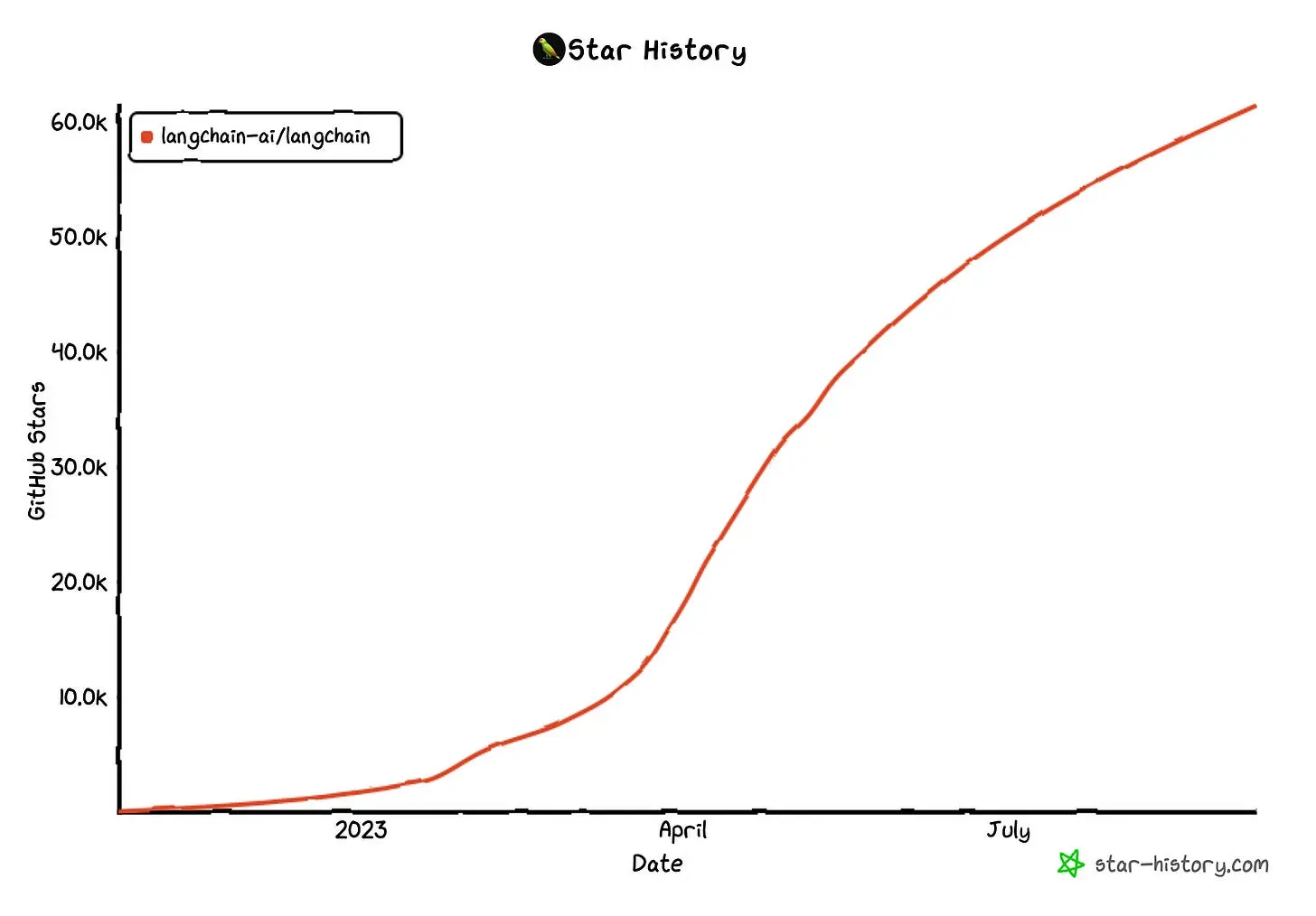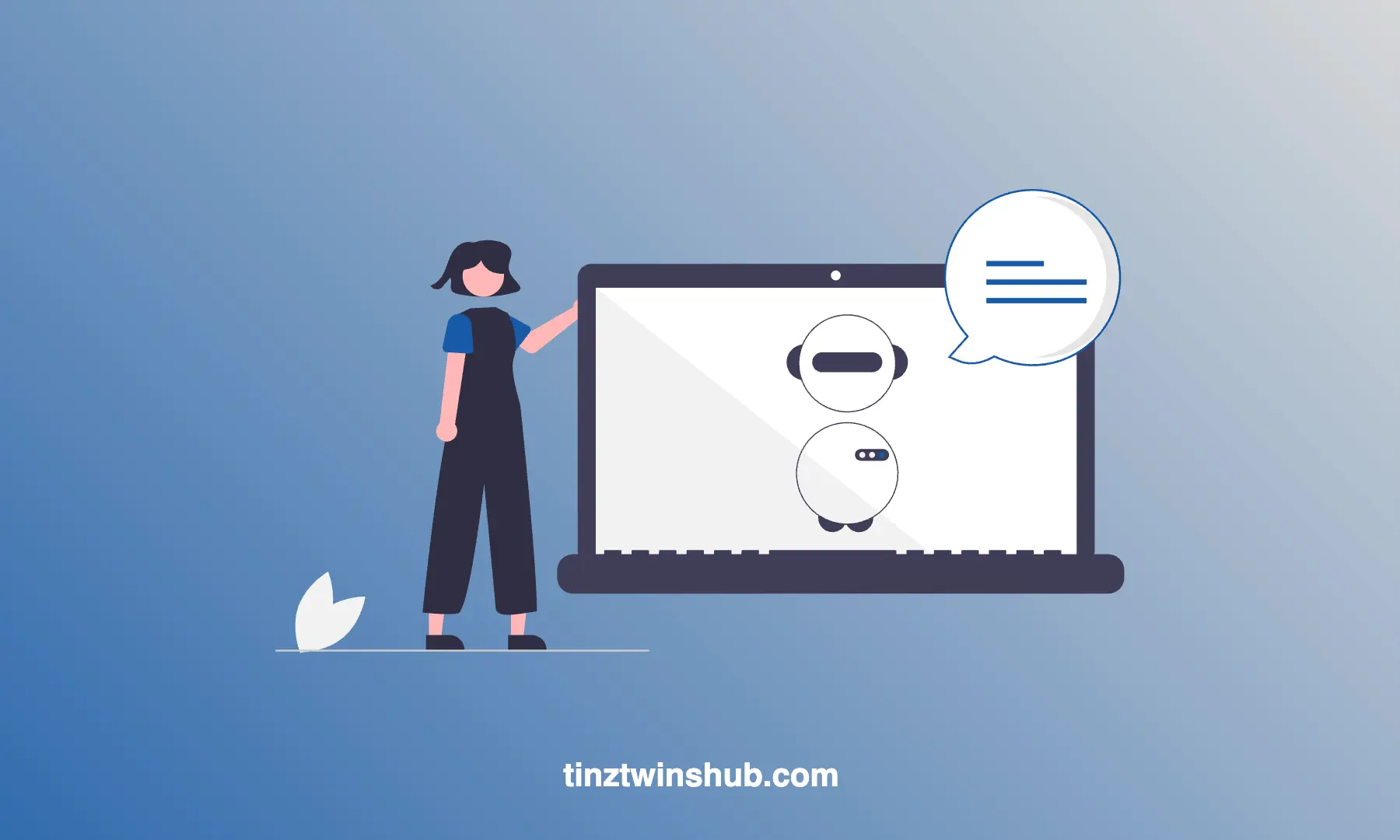Mastering LangChain - A Beginner Guide
Since the release of ChatGPT, large language models (LLMs) are becoming more and more popular. New LLM-powered tools come on the market almost every day.

You can also build some cool stuff with LLMs, such as Chatbots or document analysis. And the best, you don’t need to train LLMs from scratch. You can use pre-trained LLMs.
LLMs have the potential to change many industries from the ground up. — Tinz Twins
In the last months, many LLM frameworks for developers entered the market. LangChain is one of these new frameworks. Many developers use LangChain to build impressive applications. Take a look at the Github star history of the LangChain project.

Today, we introduce you to the basics of LangChain. This article is for those who have never used LangChain but want to learn it. We show you the basic concepts in a few minutes. Let’s dive in!
What is LangChain?
LangChain is a framework for building applications with the power of LLMs. The framework consists of components that are modular and easy to use. The components are abstractions for working with LLMs, whether you use the rest of the framework or not. Moreover, LangChain contains Off-the-shelf chains. You use these chains to combine several components. This approach makes it easy to develop complex applications.
LangChain has a lot of functionalities, and it’s hard to keep track as a beginner. The framework currently contains six main modules, and in this article, we want to explain the core features of each module. This approach helps you to understand the framework from the ground up in an easy way.
To read this post you'll need to become a member. Members help us fund our work to ensure we can stick around long-term.




